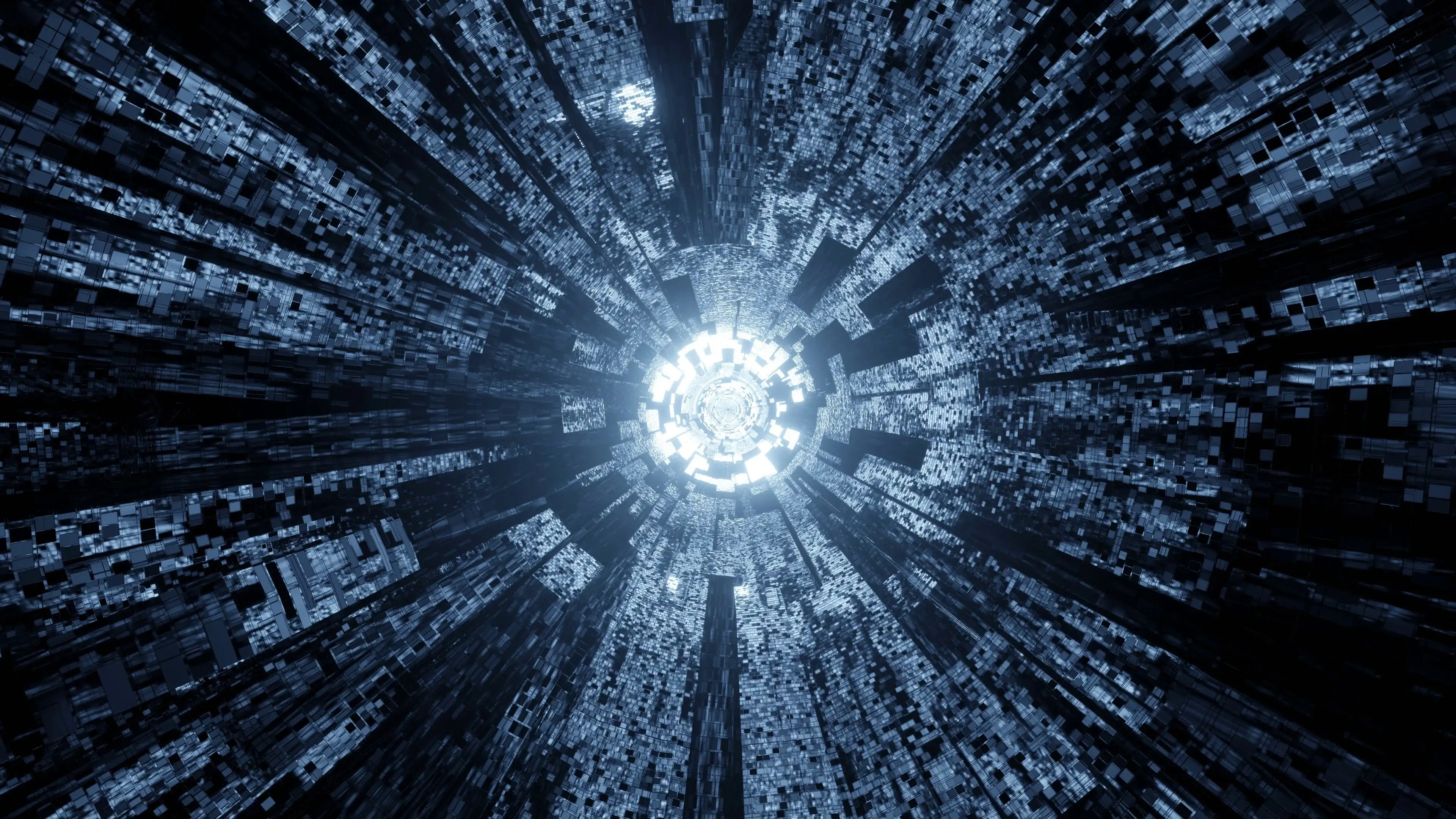The potential of the Aurora Borealis in cybersecurity

Are the Northern Lights the secret to cybersecurity?
A hostile environment
The cyber-world is a constantly evolving, limitless landscape with many unexplored, amazing possibilities, however the downside is a constantly increasing threat to cyber security and a sudden boom in malicious software on the internet. Cybercrime is up nearly 600% due to the COVID-19 pandemic and attacks are only estimated to double by 2025. As a result, many companies have been forced into a new era of malicious software that can break through any firewall or decipher any password in mere minutes. In order to find answers to this problem, solutions are needed which are completely unpredictable and random, based on physical phenomena which cannot be altered by cyber-attacks or malicious code. What if I told you our solution has been in our atmosphere for thousands of years, even pre-dating our existence? The answer we have been looking for is a completely randomly occurring phenomenon that cannot be corrupted by any currently existing human force – the aurora borealis.
Polar lights
The polar lights, also known as the aurora borealis, is a natural phenomenon that occurs in the polar regions. The display of lights is caused by charged particles from the sun colliding with the Earth’s atmosphere, creating a breath-taking mountain of colour. The science behind the aurora borealis is fascinating. Solar winds, which are emitted by the sun, are mostly deflected by the magnetic field. Earth’s magnetic field defends the surface from very literally being scorched however, some of these charged particles from the solar winds are able to enter the earth atmosphere from the poless, where the magnetic field is weaker. When these particles collide with atoms and molecules in the atmosphere, they create a burst of energy that produces light. Different gases in the atmosphere produce different colours of light which is why the aurora borealis can appear in a variety of colours. These colours play a crucial part in the technology which will be mentioned later on in this article. An important part of the aurora borealis is that it varies from moment to moment and is constantly changing according to the gas particles in the atmosphere. This makes the appearance of the aurora borealis completely unpredictable and close to impossible to replicate.
Encryption
Text BoxIn order to understand how this cryptographic technology will work, you must first understand the basics of encryption and data security. The transfer of data is not very secure. Each coded line can be intercepted and interpreted by any modern computer. However, this is where encryption comes in. Encryption, also known as a cipher, is used to code and scramble up data in a way which only allows it to be deciphered using a key or with large amounts of computing power. This is where the “brute force” method comes in. Brute forcing an encryption key is essentially the act of entering every possible password combination possible. In 2018 a forensic tool known as GrayKey was developed in order to aid investigations into high profile crimes. The researcher in charge of the development of GrayKey estimated that it would take up to 22.2 hours to brute force a 6-digit iPhone password. Keeping in mind that this is a technology available to the general public, this begs the question how safe passwords and encryption really are in the modern world.
There are two types of encryption being implemented in data security today: symmetric and asymmetric encryption. The name is derived from whether or not the same key is used for encryption and decryption. Both methods of encryption can be broken using the brute force method.
Quantum computers
Quantum computers are machines which exploit quantum physical occurrences to exponentially boost computing power to millions of times its original amount. Unlike classic computers which store and encode data in binary “bits” (1s and 0s), quantum computers use the units of qubits. Qubits are designed to use already existing physical systems such as electrons in order to amplify the storing capacity of each data unit. In the simplest terms possible qubits use the quantum properties of superposition and entanglement to store data which can simultaneously represent many other pieces of data. The amount of information that 500 qubits can easily represent can only be stored by 2500 normal bits. You can think of it like an anagram - only 5 or 6 letters are remembered however those 5 or 6 letters represent an entire sentence.
Having amplified their computer power exponentially in comparison to their classical counterparts, quantum computers play an important role in modern decryption systems. A study by MIT technology estimated quantum computers will soon be able to break 2048-bit encryption, our most complex encryption, in just 8 hours. In the near future, quantum computers could make encryption completely redundant which would leave many online security systems vulnerable to cyber attacks and data extraction.
How the aurora borealis could be a solution
As the polar lights are based on turbulent airflow, one of the greatest unsolved mysteries in physics, there is no way to predict or foresee how the aurora borealis will look and what colours it will emit. This randomness is what is necessary for all cryptographic keys and a random occurrence which cannot be corrupted by cyber technology is the exact solution we need to improve data protection in the 21st century. You may be asking how you could base an entire security system on lights in the sky that everyone can see. This is a valid question, however, the first layer of lights that you see is not the only part of the polar lights that is used. Instead, the aurora borealis extends for hundreds of meters into the atmosphere with many distinct layers with different colours and emission spectrums. Accurately taking data from the aurora borealis would be nearly impossible from ground level even with the most advanced imaging technology. In order to take data from the aurora borealis drones would need to be implemented which can be flown at level with the layers of lights to read them. As drones are the only way to actively take data from the aurora borealis, the airspace could be declared a no-fly zone in the interest of protecting the data.
The process of creating encryption keys would need a lot of complex coding behind it as the only emissions from the aurora borealis are essentially just the different frequencies of light. An example of this coding could be that each colour could stand for a specific key and the combination of colours in each layer of the aurora borealis could represent an individual bit of encryption and the image rendered from the drones could be used to generate a random key.
Feasibility
While the idea presents many positive traits and solves the main problem of online security, there are some concerns about the scale of the operation. A major limiting factor is the ability to accurately track and retrieve data from the aurora borealis. Each layer of the lights would need a drone to get up close and read. A direct result of this would be the large amount of funding and preparation needed to carry out such a method. The organisation which runs this security system would also need to invest in a security system to protect the airspace. This could even require military help due to the expansive nature of the aurora borealis. Extreme weather conditions could also be another limiting factor as drone technology relies heavily on the weather being suitable for flights. Blizzards and storms, which are common in polar regions, would heavily impact the sustainability of the operation resulting in no more new keys being created
In conclusion, with the ever-increasing threat to cybersecurity, it is imperative to explore innovative and unconventional solutions. The aurora borealis provides a much need incorruptible cyber key with highly complex system. The development of this key would make data security in the 21st century much stronger and able to withstand the advances in technology for the foreseeable future. The aurora borealis is not just a beautiful spectacle, but it may hold the key to securing out digital future.


